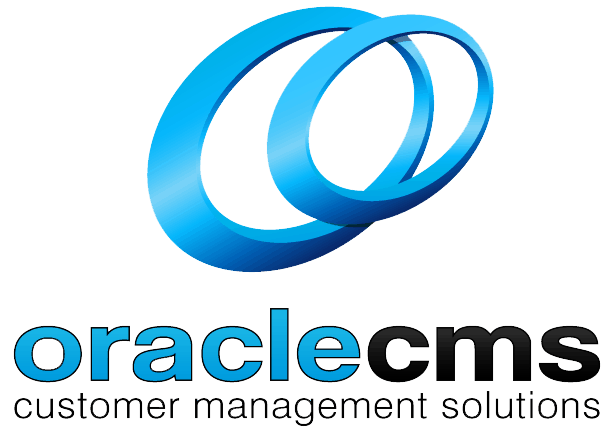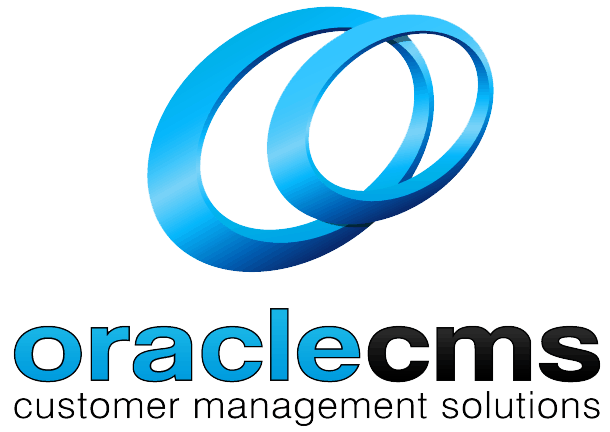
Essential Communication Strategies for Lone Workers
Effective communication is crucial for lone workers who operate independently without direct colleagues or supervisors. As lone workers often work remotely or in isolated environments, they face unique challenges in staying connected and maintaining clear lines of communication. In this article, we will explore essential communication strategies specifically tailored for lone workers. These strategies encompass various communication methods, tools, and best practices to ensure efficient and effective communication, promote collaboration, and enhance overall productivity for lone workers.
Establish Clear Communication Channels
Determine primary communication channels
Identify the primary communication channels that will be used to connect with colleagues, supervisors, or clients. This may include email, instant messaging platforms, video conferencing tools, or project management software. Establishing clear channels ensures that everyone knows where to find important updates and facilitates efficient communication.
Select appropriate communication tools
Choose communication tools that align with the needs of lone workers. Consider factors such as ease of use, accessibility, and compatibility with different devices and platforms. Select tools that support real-time communication, document sharing, and collaboration to enhance productivity and streamline communication processes.
Set Expectations for Response Times
Define reasonable response time frames
Establish reasonable response time frames for communication. Define guidelines that align with the nature of the work and the urgency of requests. Communicate these expectations to team members, ensuring that everyone understands the expected response times and can plan their work accordingly.
Communicate expectations with team members
Openly communicate response time expectations with colleagues, supervisors, or clients. Ensure that all parties are aware of the preferred mode of communication and the anticipated time it takes to receive a response. This transparent communication helps manage expectations and minimizes misunderstandings.
Maintain Regular Check-Ins
Schedule regular check-in meetings
Plan regular check-in meetings to discuss progress, address challenges, and provide updates. These meetings can be conducted via video conferencing or audio calls. Regular check-ins ensure that lone workers stay connected with the team and maintain alignment with project goals.
Provide progress updates and seek feedback
During check-in meetings, provide updates on work progress and share achievements or challenges faced. Seek feedback from colleagues or supervisors and encourage open discussion. This allows for collaboration, and alignment, and ensures that everyone is on the same page. Actively listening to feedback helps improve communication and promotes a positive working environment.
Utilize Video Conferencing for Face-to-Face Communication
Conduct virtual meetings for important discussions
For more in-depth or complex discussions, opt for video conferencing to enable face-to-face communication. Visual cues and non-verbal communication enhance understanding and foster stronger connections among team members. Video conferencing tools provide a platform for interactive discussions and promote engagement.
Use video conferencing tools for visual communication
Video conferencing can also be utilized for presentations, training sessions, or sharing visual content. The ability to see and interact with others in real-time enhances communication effectiveness and facilitates better comprehension of information. Utilize screen-sharing capabilities to collaborate on documents, designs, or other visual materials.
Leverage Instant Messaging and Chat Platforms
Utilize real-time messaging for quick communication
Instant messaging and chat platforms are valuable for quick, real-time communication. They allow for immediate exchanges of information, updates, or clarifications. Utilize these platforms to address urgent matters, seek quick responses, or engage in brief discussions without the need for lengthy emails or formal meetings.
Create dedicated chat groups for specific projects or teams
Create dedicated chat groups for specific projects or teams to streamline communication. These groups provide a centralized space for discussions, file sharing, and updates related to a particular project or team. They facilitate efficient collaboration, reduce email clutter, and ensure that relevant information is easily accessible to all involved parties.
Prioritize Clear and Concise Communication
Use concise and well-structured messages
When communicating via email, instant messaging, or other written channels, prioritize clear and concise messages. Clearly state the purpose, provide relevant information, and be mindful of the recipient’s time. Use bullet points, headings, or numbered lists to structure messages, making them easy to read and understand.
Clarify expectations and instructions
Ensure that expectations and instructions are communicated clearly to avoid misunderstandings. Clearly define tasks, deadlines, and desired outcomes. Encourage team members to ask questions or seek clarification when needed. Clarity in communication promotes efficiency, reduces errors, and enhances overall productivity.
Active Listening and Feedback
Practice active listening during virtual conversations
When engaging in virtual conversations or meetings, practice active listening. Pay attention to what others are saying, ask clarifying questions, and avoid multitasking. Active listening fosters better understanding, and empathy, and helps build stronger connections among team members.
Provide constructive feedback and seek clarification
Offer constructive feedback to colleagues when necessary. Be specific, supportive, and provide actionable suggestions for improvement. Similarly, if a message or instruction is unclear, seek clarification rather than make assumptions. Effective feedback and clear communication contribute to a positive and collaborative work environment.
Document and Share Important Information
Document decisions, actions, and updates
Keep a record of important decisions, actions taken, and updates shared during communication. This ensures that information is documented and easily accessible for future reference. It also helps maintain accountability, provides a historical record of discussions, and assists in tracking progress.
Share information using collaboration tools or cloud storage
Utilize collaboration tools or cloud storage platforms to share and store important information. These platforms allow for seamless sharing of files, documents, or project-related materials. This promotes transparency, and collaboration, and ensures that everyone has access to the most up-to-date information.
Foster a Supportive Virtual Community
Encourage open and respectful communication
Create a supportive virtual community by encouraging open and respectful communication. Foster an environment where team members feel comfortable sharing ideas, asking questions, and expressing concerns. Promote active participation, diversity of thought, and value the contributions of each team member.
Foster a sense of camaraderie and teamwork
Promote a sense of camaraderie and teamwork among lone workers. Encourage virtual team-building activities, such as icebreaker sessions, virtual coffee breaks, or informal chats, to foster connections and build relationships. Recognize and celebrate individual and team achievements to boost morale and create a positive work culture.
Adapt Communication Style to Different Situations
Adjust communication style based on recipient and context
Recognize that communication styles may vary based on the recipient and the context of the message. Adapt your communication approach to ensure clarity and understanding. Consider factors such as cultural differences, language proficiency, and individual preferences when tailoring your communication style.
Be mindful of cultural and language differences
When working with diverse teams or clients, be mindful of cultural and language differences. Use clear and simple language, avoid jargon or slang, and be patient when communicating with non-native speakers. Embrace cultural diversity and foster an inclusive communication environment.
Conclusion
Effective communication is vital for lone workers to overcome the challenges of working independently and remotely. By establishing clear communication channels, setting expectations, maintaining regular check-ins, utilizing video conferencing and instant messaging platforms, prioritizing clear and concise communication, practising active listening, documenting important information, fostering a supportive virtual community, and adapting communication style, lone workers can enhance collaboration, productivity, and overall success in their roles.
Implementing these essential communication strategies empowers lone workers to stay connected, exchange information efficiently, and build strong relationships with colleagues, supervisors, or clients. Effective communication contributes to a positive work environment, enhances understanding, and ensures that lone workers feel supported and valued in their work.


